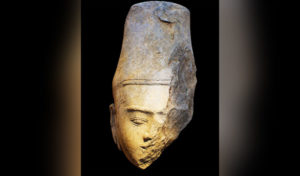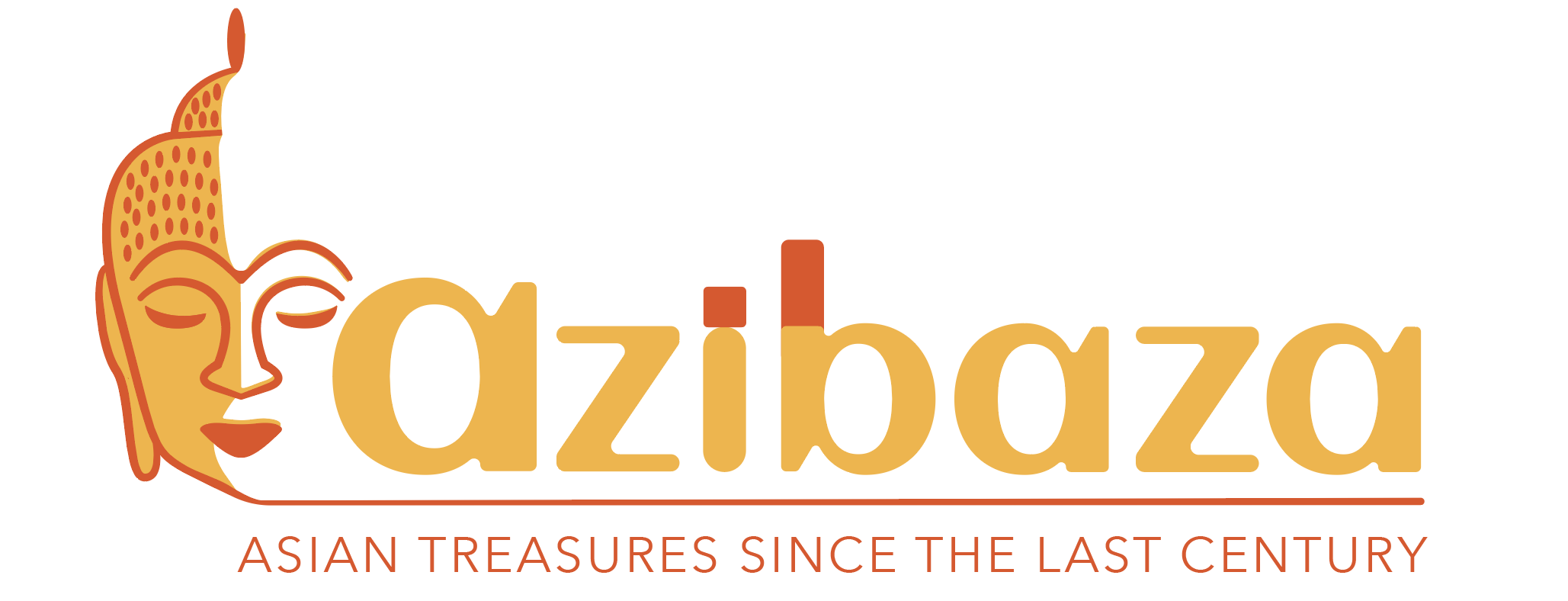
Part of an ancient Vishnu statue has been discovered by Trapeang Phong temple restoration team in Kork Srok village, Roluos commune, Prasat Bakong district, Siem Reap province, which was found on the right side of the temple’s central tower on March 31.
Apsara Authority spokesman Long Kosal told Khmer Times that the fragment of the statute head was handed to the authority by the restoration team and is made of sandstone and measures 38 centimetres high, 20 centimetres wide and 18 centimetres thick.
He said the recovered piece only shows one side of the head, with an eye, an eyebrow, part of a nose, lips and ears with a cylindrical crown on top of the head that runs from the hairline across the front to the back.
Kosal noted the short face, with brows not separated, and the high cylindrical crown on top of the head clearly depicts that it is a Kulen style sculpture.
Furthermore, he said, according to some scholars they are of view that the Trapeang Phong temple was constructed in the Kulen style in the middle of the 9th century during the reign of King Jayavarman III (850 -877) who was the son of a famous king, King Jayavarman II (802-850).
Therefore, it’s not rare for the fragments found to have been built around the same time as the Trapeang Phong temple, showing that they’re not later artefacts.
“The fragment of Vishnu’s head is being kept at the Apsara Authority depository for repairs and cleaning,” Kosal said, adding they would also register and record all the necessary information and data before handing the piece to the Heritage Protection Police.
According to the Apsara Authority website, people from Lvea village, Srenouy commune, Varin district, Siem Reap province, handed over four artefacts to Apsara in February, including one sandstone pillar, Tep Srey’s left hand made of sandstone, and two pedestals, one of which has four rows of ancient Khmer inscriptions on the side.
The items were removed from the original location by the villagers for the purpose of temporary storage, but the Apsara Authority requested to keep them at its centre for the safety of the items and to study, research and register them.
It said it is a good idea to transport these valuable artefacts in a timely manner, as some items may eventually be damaged or broken.
For example, it said, the pedestal that they brought to the store had important inscriptions, some of which were sharpened with a knife and some of which had cracks and bruises.




